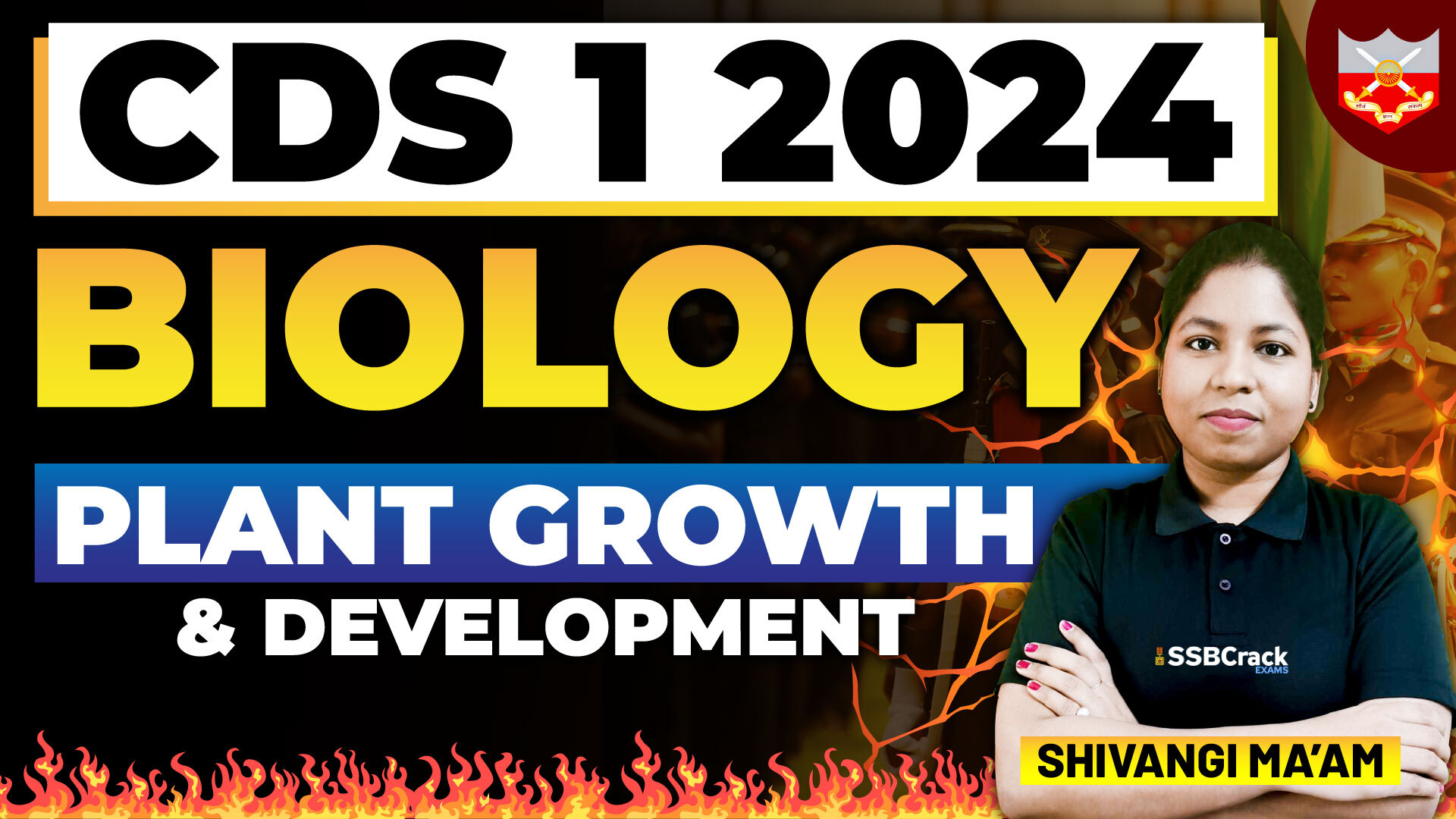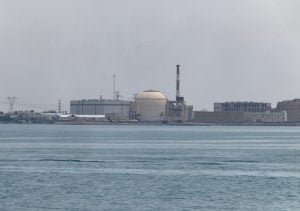Plant growth and development encompass a fascinating array of processes that are essential for the survival and reproduction of plants. From the microscopic level of plant tissues to the macroscopic scale of ecological interactions, understanding these facets is crucial for aspirants appearing for the Combined Defense Services (CDS) Exam 2024. In this article, we delve into the key aspects of plant growth and development, covering plant tissues, reproduction, phytohormones, and ecological interactions.
Plant Tissues: Plant tissues are the building blocks of plant structure and function. There are three main types of plant tissues:
- Meristematic Tissue: Found in regions of the plant where growth occurs, meristematic tissue consists of actively dividing cells responsible for primary and secondary growth.
- Dermal Tissue: This tissue forms the outer protective covering of the plant and includes the epidermis, cuticle, and periderm in woody plants.
- Ground Tissue: Ground tissue makes up the bulk of the plant and includes parenchyma, collenchyma, and sclerenchyma cells. It functions in storage, support, and photosynthesis.
Understanding the structure and function of these tissues provides insights into how plants grow and respond to their environment.
Plant Reproduction: Plant reproduction involves the production of new individuals, ensuring the continuation of the species. There are two main types of plant reproduction:
- Asexual Reproduction: Involves the production of new individuals from a single parent plant, without the involvement of gametes. Common methods include vegetative propagation, fragmentation, and budding.
- Sexual Reproduction: Involves the fusion of male and female gametes to form a zygote, which develops into a new individual. This process typically includes pollination, fertilization, and seed formation.
Understanding the mechanisms of plant reproduction is vital for the propagation of crops, conservation efforts, and understanding of plant diversity.
Phytohormones: Phytohormones, also known as plant hormones, are chemical messengers that regulate various aspects of plant growth and development. Some key phytohormones include:
- Auxins: Regulate cell elongation, apical dominance, and tropisms such as phototropism and gravitropism.
- Gibberellins: Stimulate stem elongation, seed germination, and flowering.
- Cytokinins: Promote cell division, delay senescence, and regulate nutrient uptake.
- Abscisic Acid (ABA): Regulates seed dormancy, stomatal closure, and stress responses.
- Ethylene: Regulates fruit ripening, senescence, and stress response.
Understanding the roles of phytohormones provides insights into plant growth regulation and agricultural practices.
Ecology: Ecology encompasses the interactions between organisms and their environment. Plants play a crucial role in ecosystems, influencing nutrient cycling, soil structure, and climate regulation. Key ecological concepts related to plants include:
- Photosynthesis: The process by which plants convert sunlight, water, and carbon dioxide into glucose and oxygen, driving primary production in ecosystems.
- Carbon Cycle: Plants play a vital role in the uptake and release of carbon dioxide, influencing atmospheric concentrations and climate patterns.
- Mutualistic Relationships: Plants engage in mutualistic interactions with pollinators, mycorrhizal fungi, and nitrogen-fixing bacteria, enhancing nutrient acquisition and reproductive success.
- Succession: The process of ecosystem development over time, influenced by plant colonization, competition, and environmental disturbances.
Understanding the ecological roles of plants is essential for conservation efforts, sustainable land management, and mitigating the impacts of climate change.
Conclusion: In conclusion, plant growth and development are complex processes influenced by plant tissues, reproduction mechanisms, phytohormones, and ecological interactions. Aspirants preparing for the CDS Exam 2024 can benefit from a comprehensive understanding of these topics, which are essential not only for ecological literacy but also for applications in agriculture, conservation, and environmental management. By grasping the intricacies of plant biology, candidates can develop a holistic perspective on the role of plants in sustaining life on Earth.





















